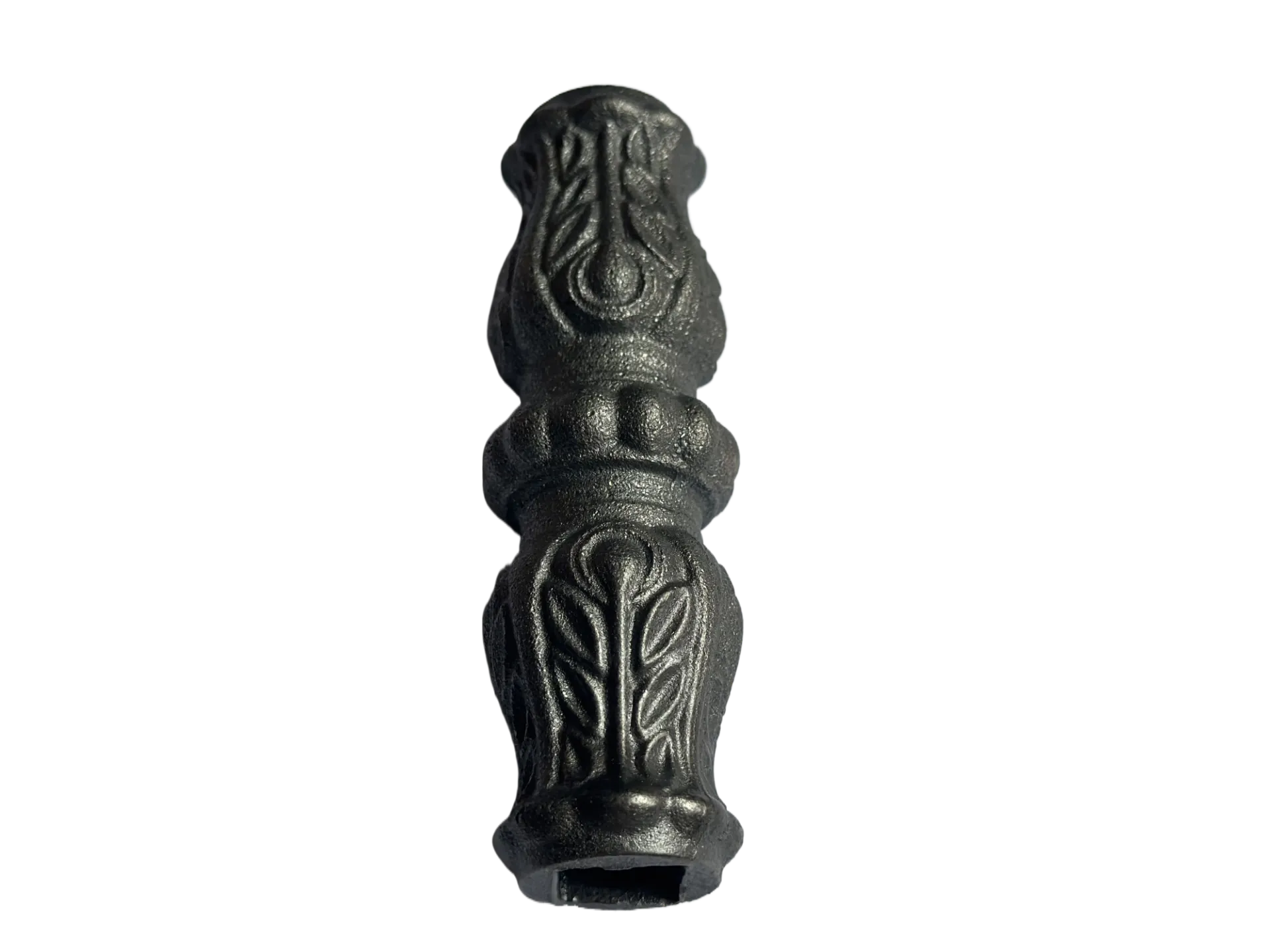Choosing the Right Top Roller for Your Pocket Door Installation Needs
Understanding Pocket Door Top Rollers
Pocket doors are a fantastic space-saving solution that has gained popularity in modern home design. Unlike traditional hinged doors that require clear space to swing open, pocket doors slide seamlessly into the wall, making them an ideal choice for tight spaces and contemporary interiors. However, behind the magic of a smoothly operating pocket door lies an essential component the top roller.
What is a Pocket Door Top Roller?
The top roller, or pocket door roller, is a critical mechanism that allows a pocket door to slide effortlessly along its track. Typically mounted at the top of the door, this roller consists of a wheel that runs on a metal track fixed to the door frame. The simplicity of this mechanism belies its importance; the durability and functionality of the top roller can significantly impact the door's overall performance.
There are generally two types of pocket door rollers the surface-mounted rollers, which attach directly to the door, and the concealed rollers that are hidden within the door structure. This design allows for a clean and unobtrusive look while maintaining the door's functionality.
Why Top Rollers Matter
1. Smooth Operation The primary function of the top roller is to facilitate smooth opening and closing of the door. A high-quality roller ensures that the door glides effortlessly across the track. When improperly installed or worn out, however, a pocket door can become problematic—often sticking or jamming. Regular maintenance and timely replacement of the top roller can prevent these issues and ensure the door operates without a hitch.
2. Durability The durability of a pocket door roller is crucial, especially for doors that see frequent use. Materials used in manufacturing rollers—such as steel, nylon, or plastic—play a significant role in their lifespan. Steel rollers, while durable, can be susceptible to rust, whereas nylon rollers are lightweight and resistant to wear but may not support heavy doors as effectively. Investing in high-quality rollers can save homeowners from the headaches of premature wear and tear.
pocket door top roller

3. Weight Capacity Pocket doors come in various materials and sizes, which means the top roller must adequately support the specific weight of the door. When selecting rollers, it is essential to consider the door’s weight and choose rollers designed to handle that specific load. Some rollers are rated for lighter doors, while others can support heavier options, ensuring safety and functionality.
4. Adjustability Some top rollers offer adjustable height settings, allowing homeowners to fine-tune the door's position after installation. This feature can be incredibly beneficial, as it helps maintain an even gap between the door and the wall, preventing issues such as drafts or light leakage.
Installing and Maintaining Pocket Door Top Rollers
Installation of pocket door top rollers should be approached with care. Ideally, it should be performed by someone experienced or by a professional. Steps typically involve measuring the door opening, determining the appropriate height for the track, and ensuring that the roller is securely installed to avoid sagging or misalignment.
Maintenance involves periodically checking the roller mechanism for wear and tear, ensuring that the track is clean and free from debris, and lubricating the rollers as necessary. Regular maintenance can greatly extend the life of the door and its components.
Conclusion
Pocket doors and their top rollers are more than just functional elements of home design—they are essential for maximizing space and efficiency in a variety of settings. By understanding the importance and functionality of pocket door top rollers, homeowners and builders can make informed decisions about their installation and maintenance. Whether you’re renovating your home or looking to optimize space in a modern design, pocket doors equipped with quality top rollers can provide a stylish and functional solution that enhances any room.
-
Wrought Iron Components: Timeless Elegance and Structural StrengthNewsJul.28,2025
-
Window Hardware Essentials: Rollers, Handles, and Locking SolutionsNewsJul.28,2025
-
Small Agricultural Processing Machines: Corn Threshers, Cassava Chippers, Grain Peelers & Chaff CuttersNewsJul.28,2025
-
Sliding Rollers: Smooth, Silent, and Built to LastNewsJul.28,2025
-
Cast Iron Stoves: Timeless Heating with Modern EfficiencyNewsJul.28,2025
-
Cast Iron Pipe and Fitting: Durable, Fire-Resistant Solutions for Plumbing and DrainageNewsJul.28,2025
-
 Wrought Iron Components: Timeless Elegance and Structural StrengthJul-28-2025Wrought Iron Components: Timeless Elegance and Structural Strength
Wrought Iron Components: Timeless Elegance and Structural StrengthJul-28-2025Wrought Iron Components: Timeless Elegance and Structural Strength -
 Window Hardware Essentials: Rollers, Handles, and Locking SolutionsJul-28-2025Window Hardware Essentials: Rollers, Handles, and Locking Solutions
Window Hardware Essentials: Rollers, Handles, and Locking SolutionsJul-28-2025Window Hardware Essentials: Rollers, Handles, and Locking Solutions -
 Small Agricultural Processing Machines: Corn Threshers, Cassava Chippers, Grain Peelers & Chaff CuttersJul-28-2025Small Agricultural Processing Machines: Corn Threshers, Cassava Chippers, Grain Peelers & Chaff Cutters
Small Agricultural Processing Machines: Corn Threshers, Cassava Chippers, Grain Peelers & Chaff CuttersJul-28-2025Small Agricultural Processing Machines: Corn Threshers, Cassava Chippers, Grain Peelers & Chaff Cutters












